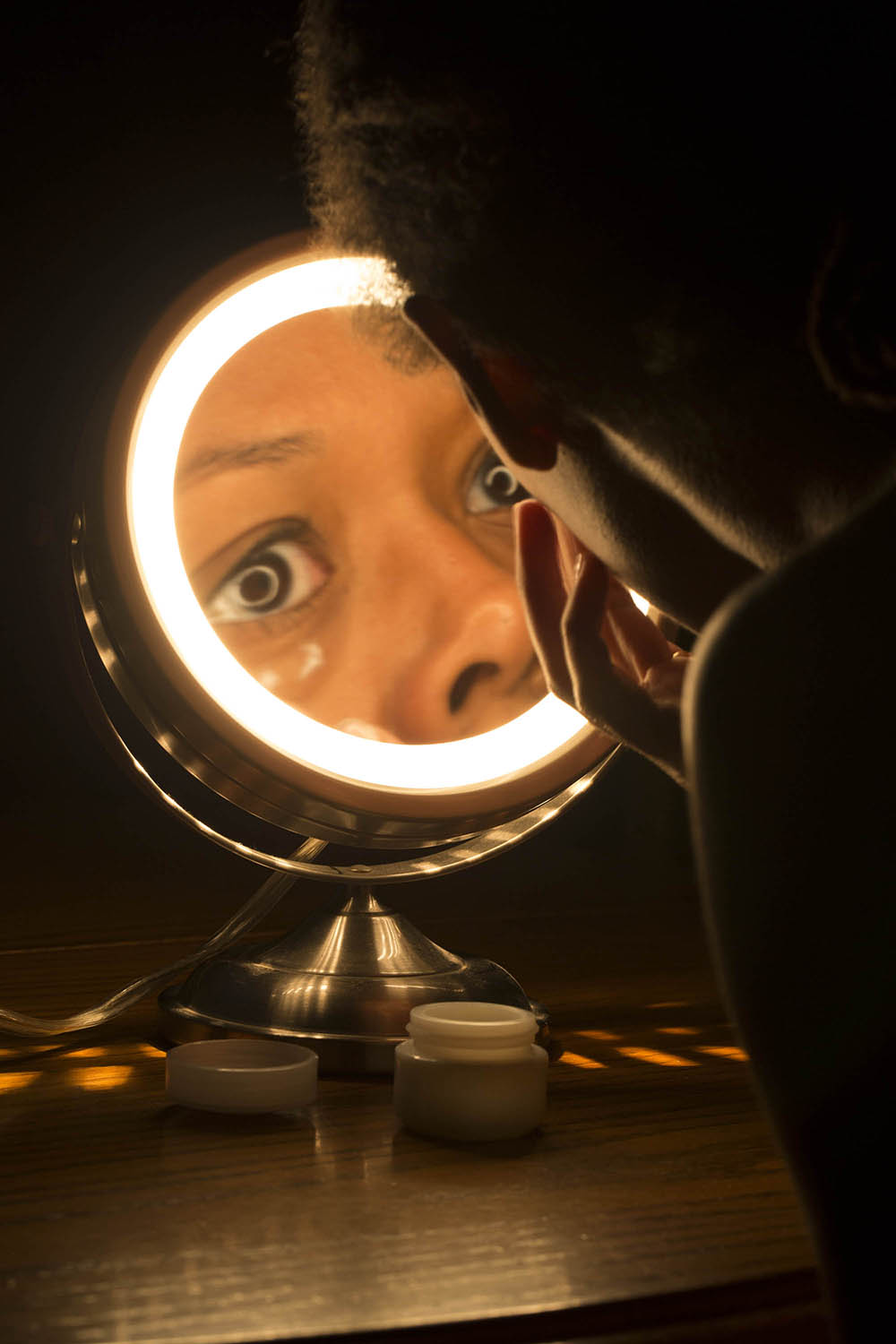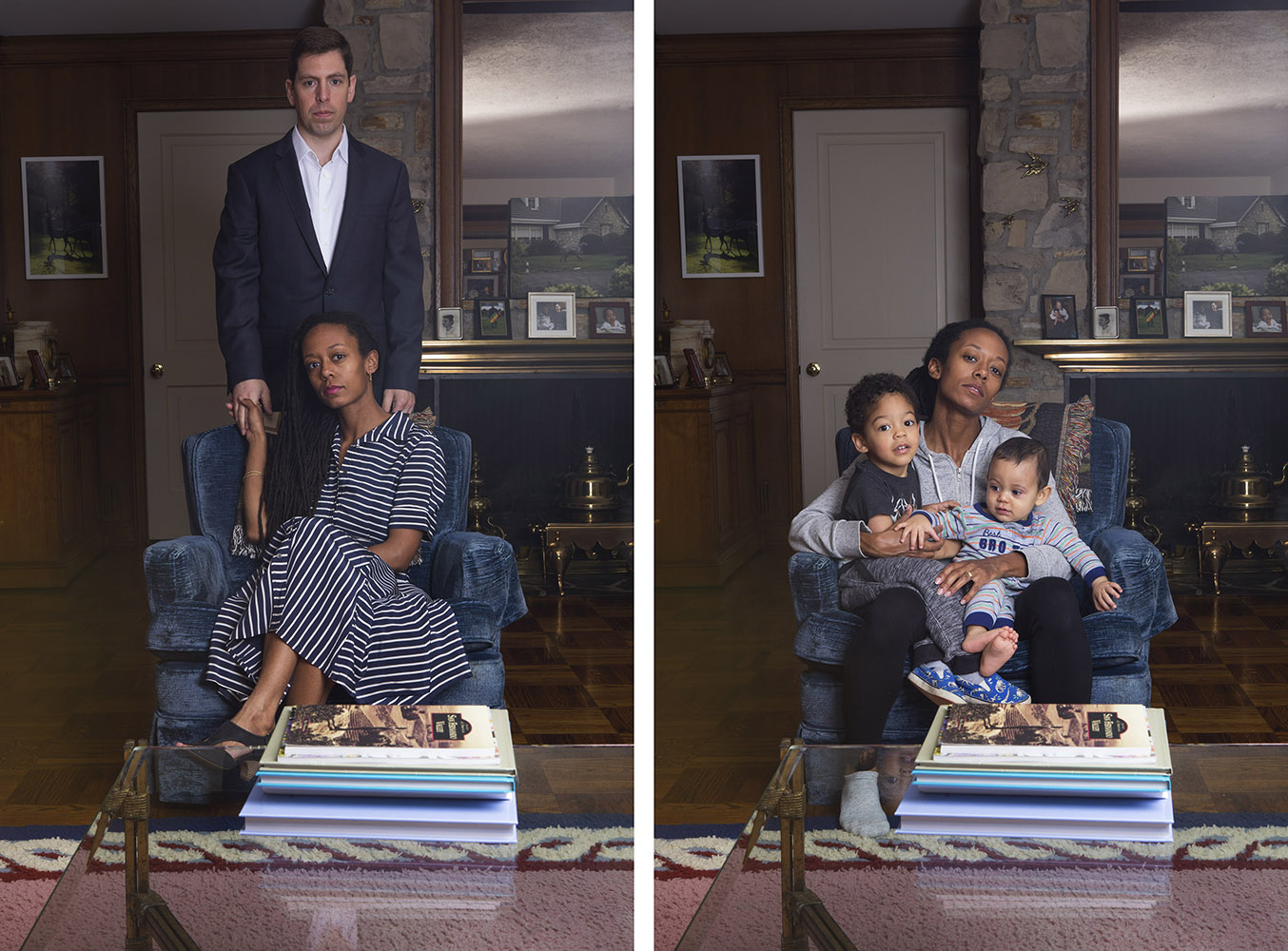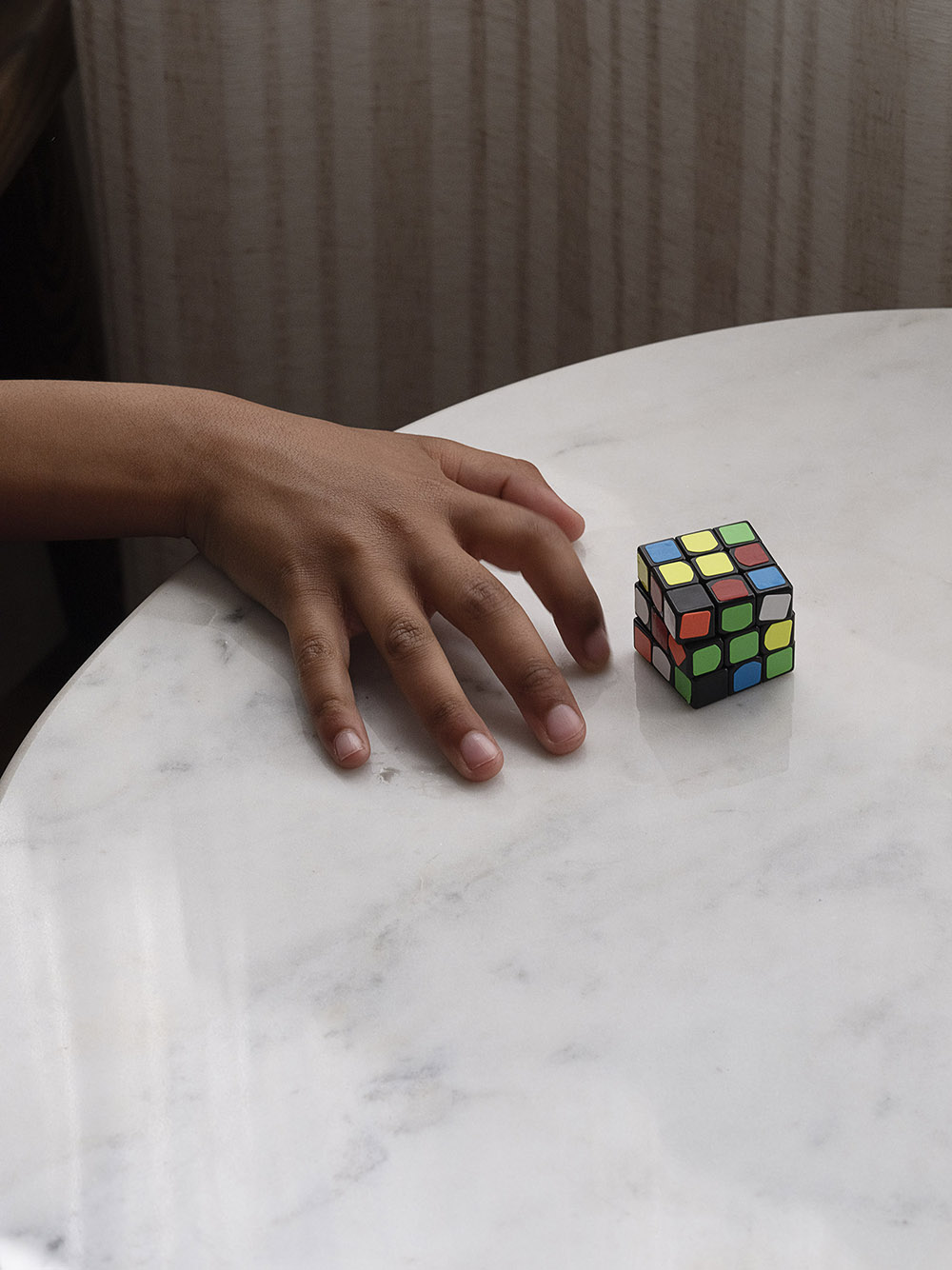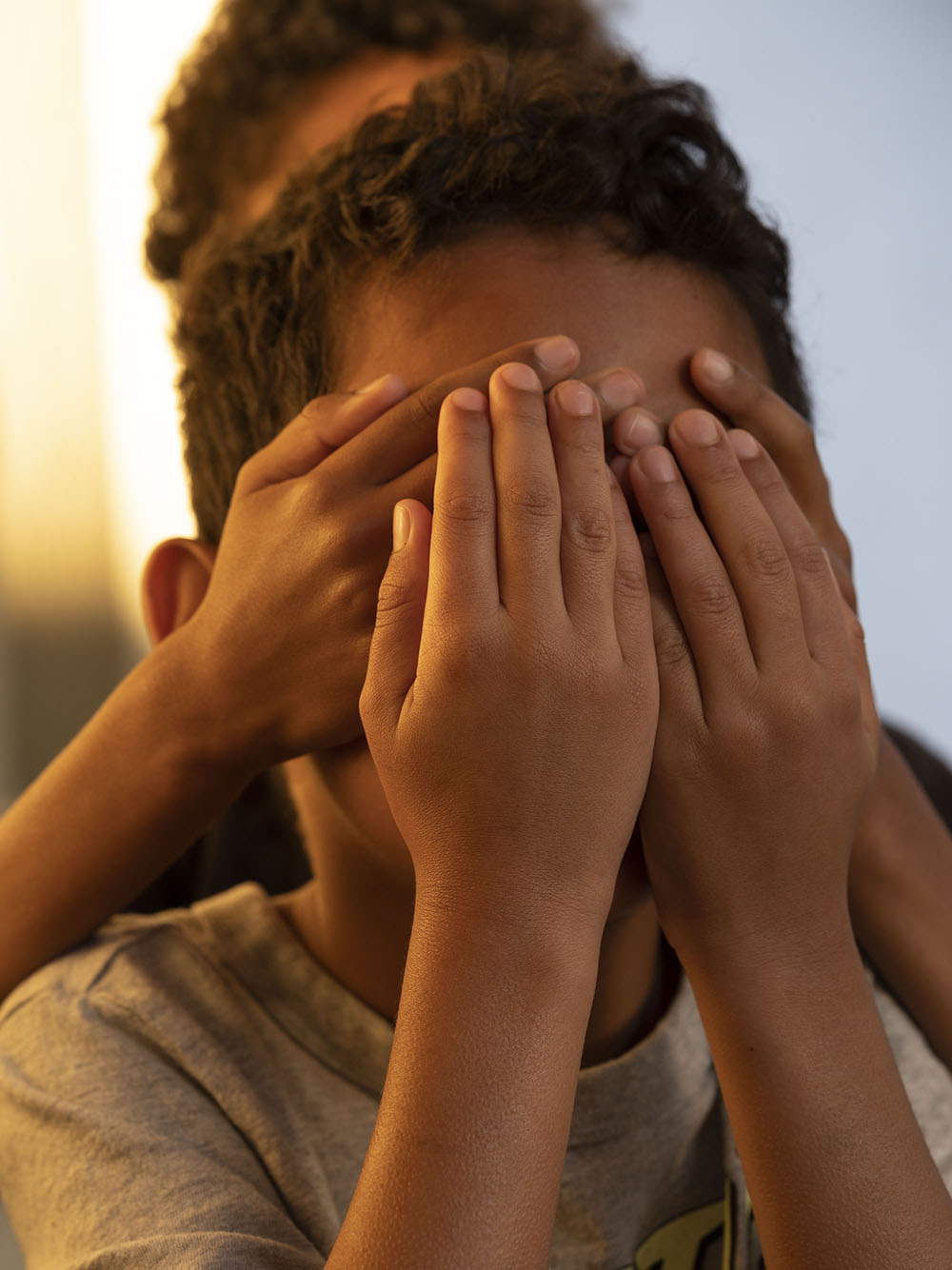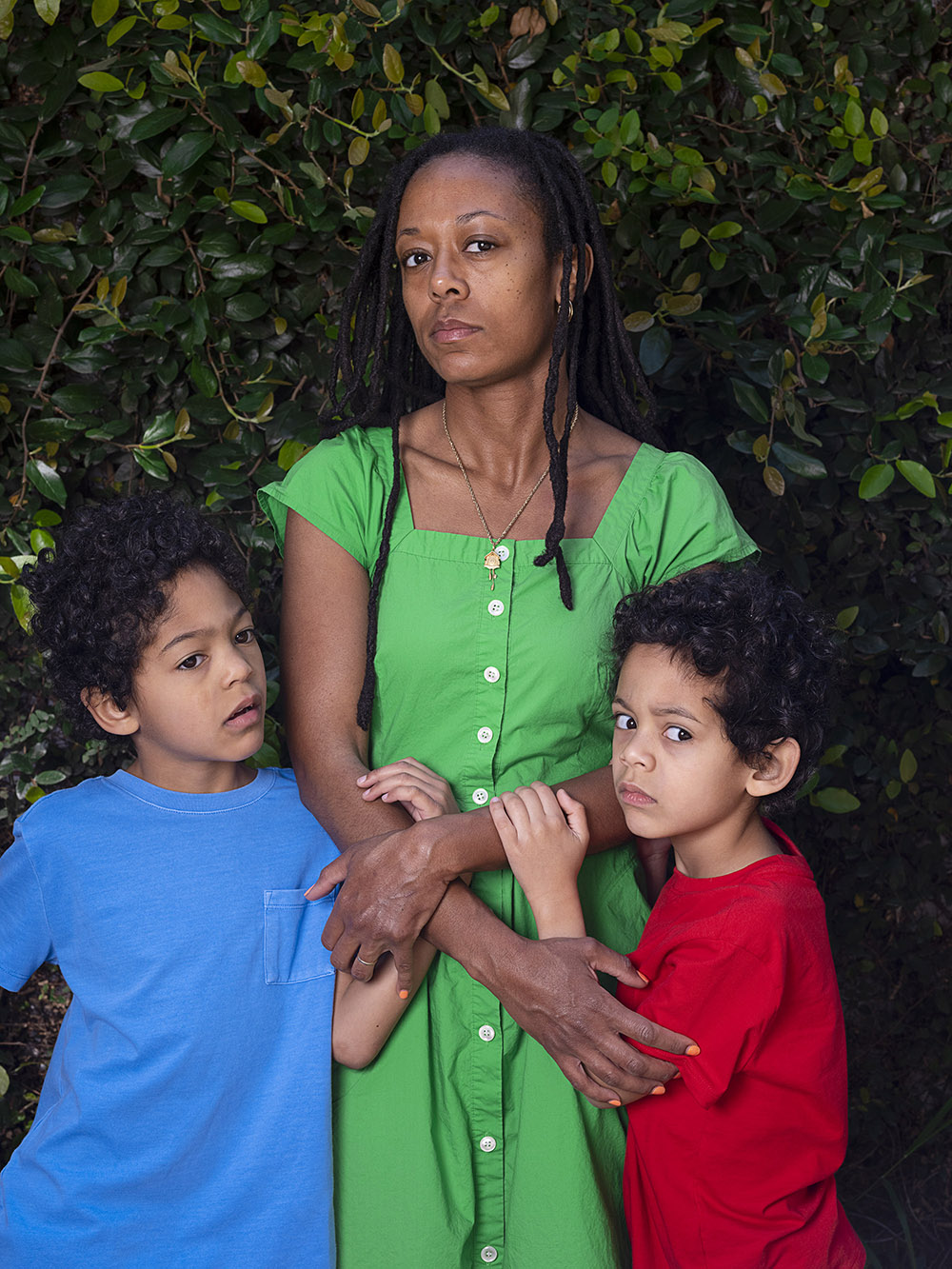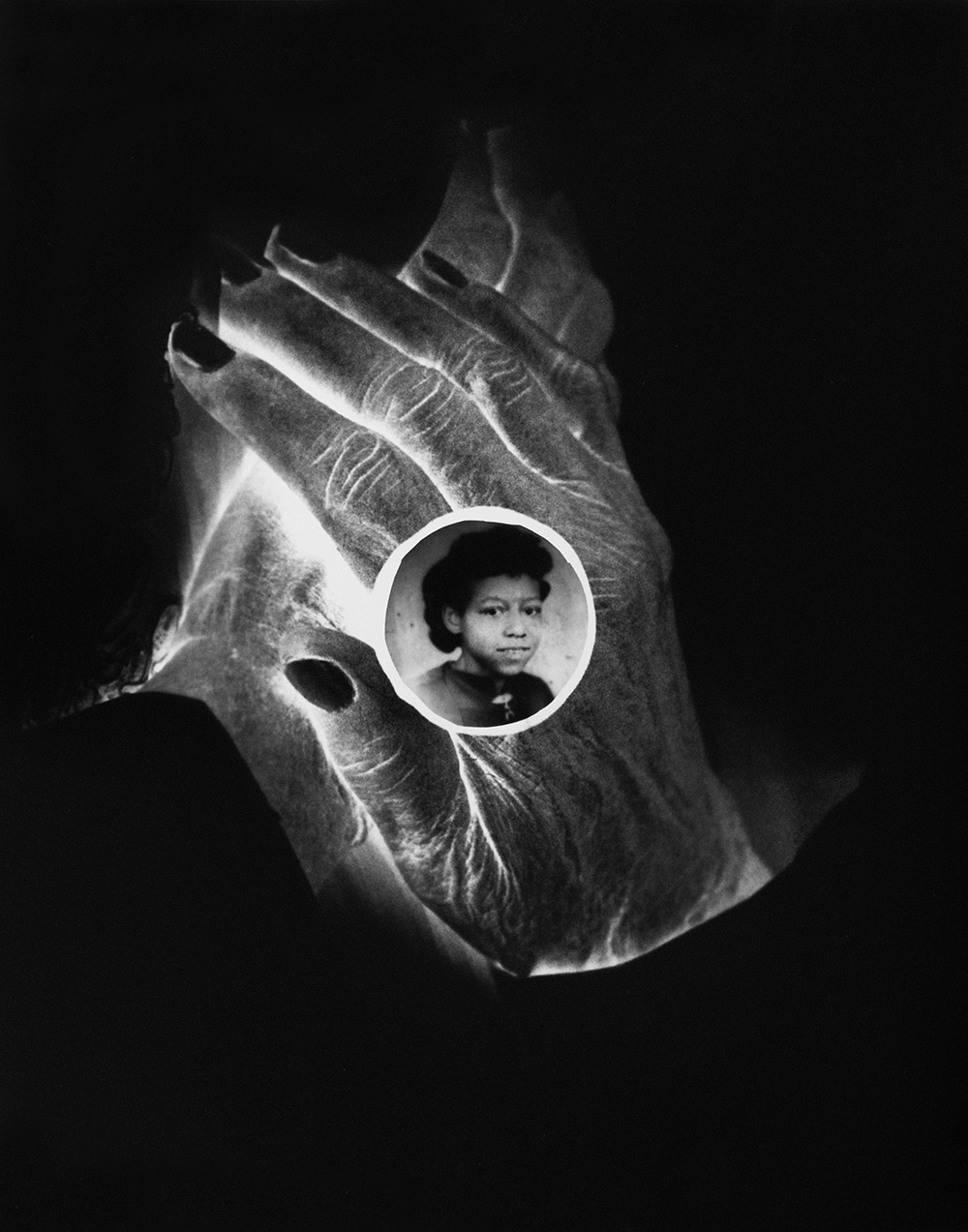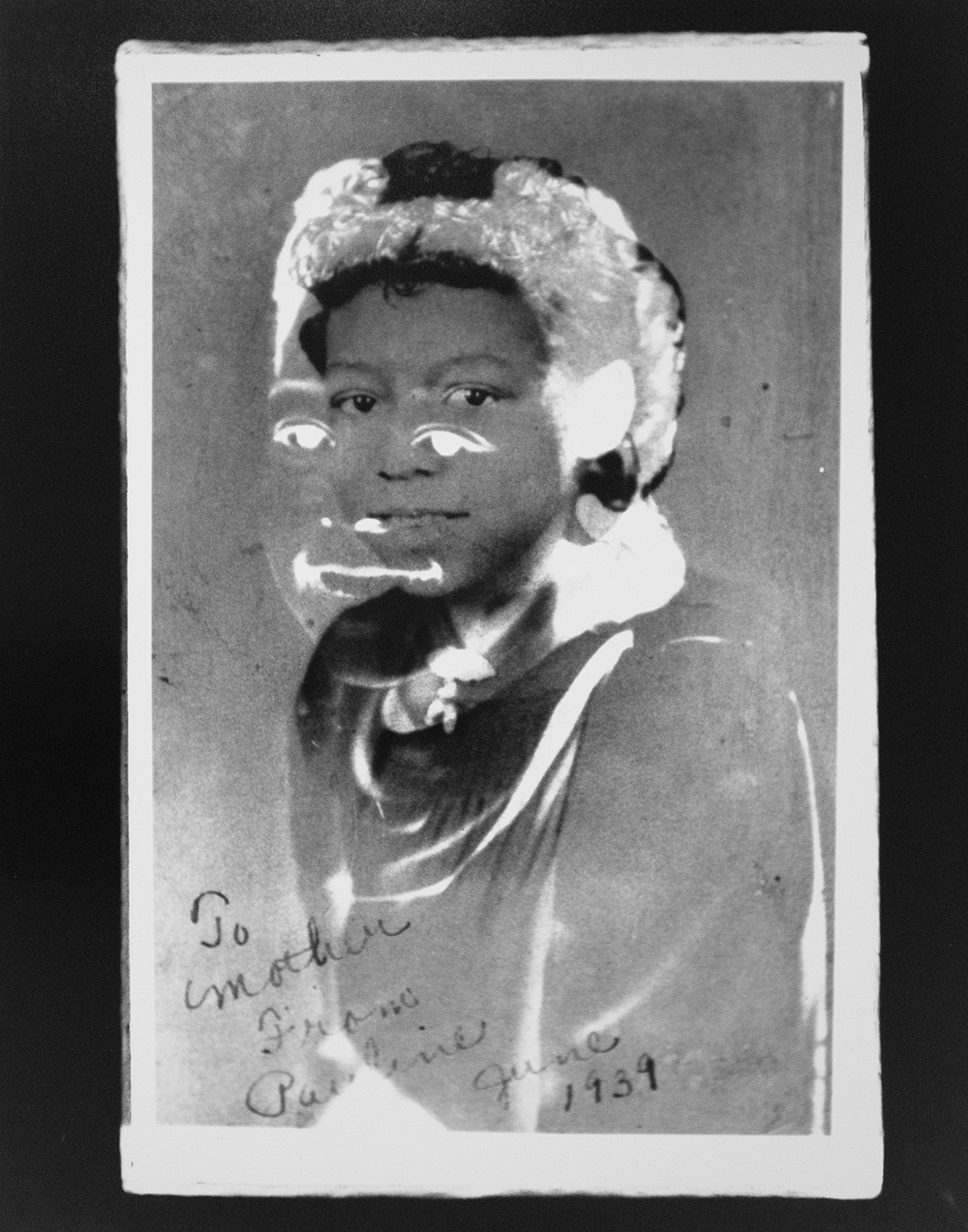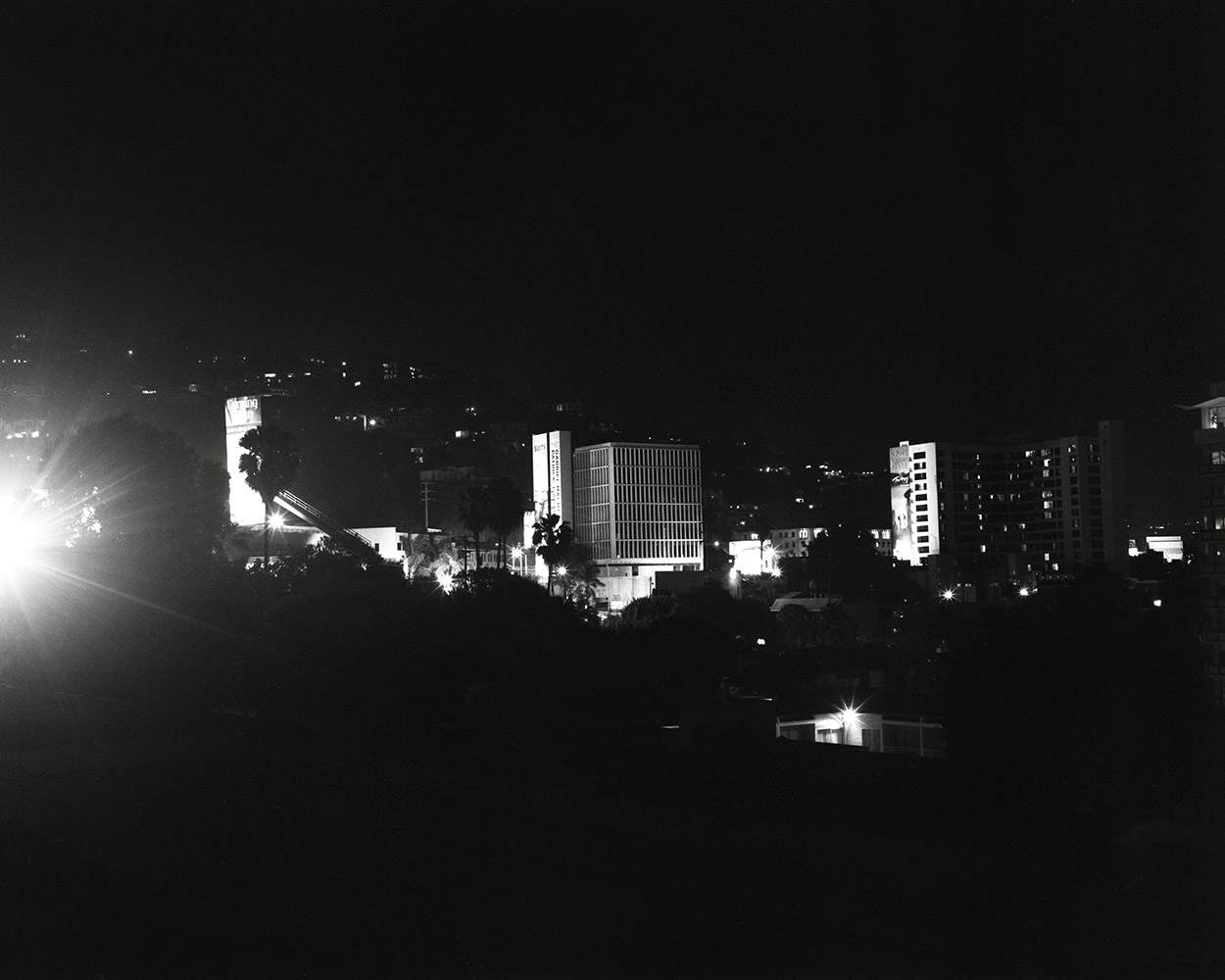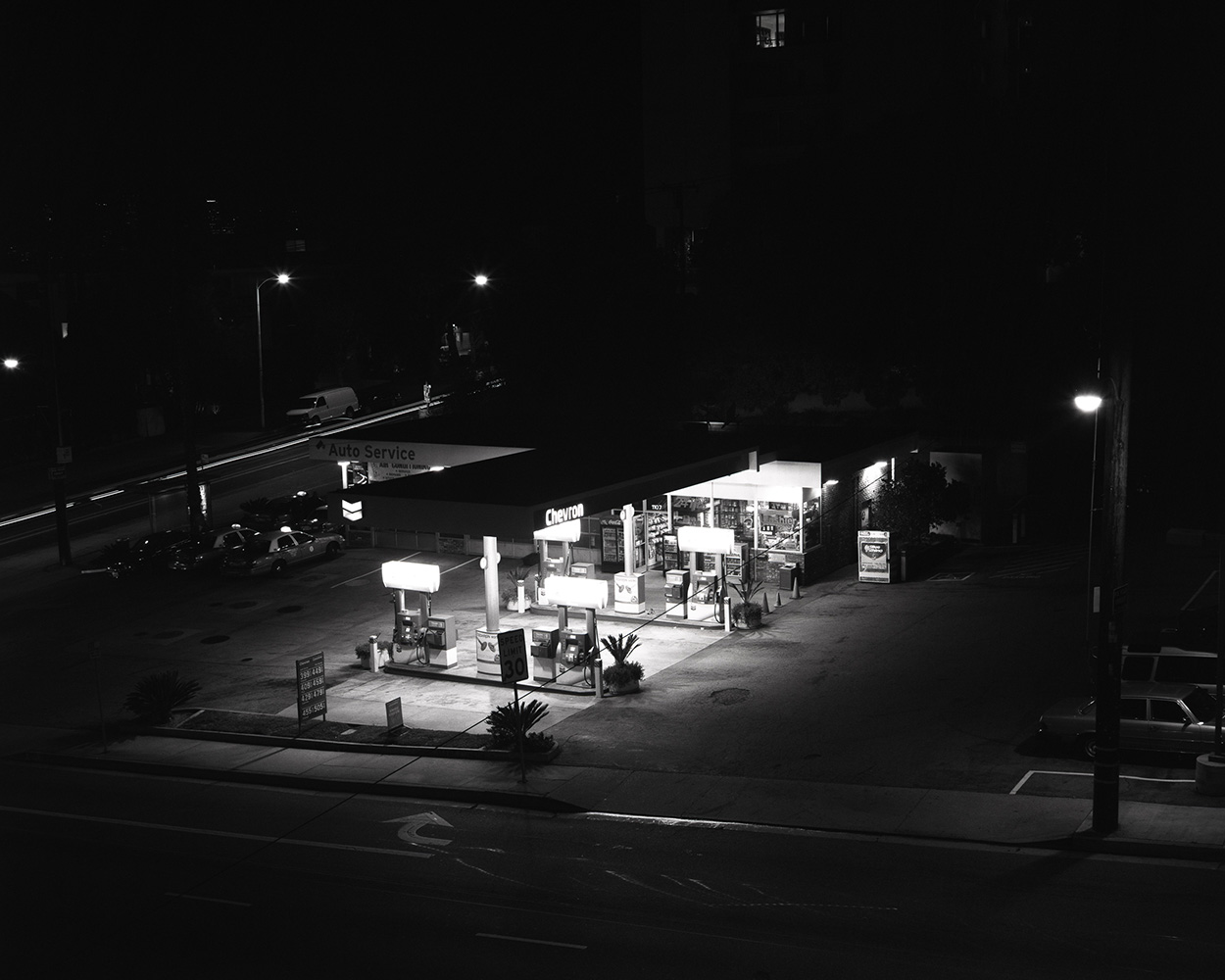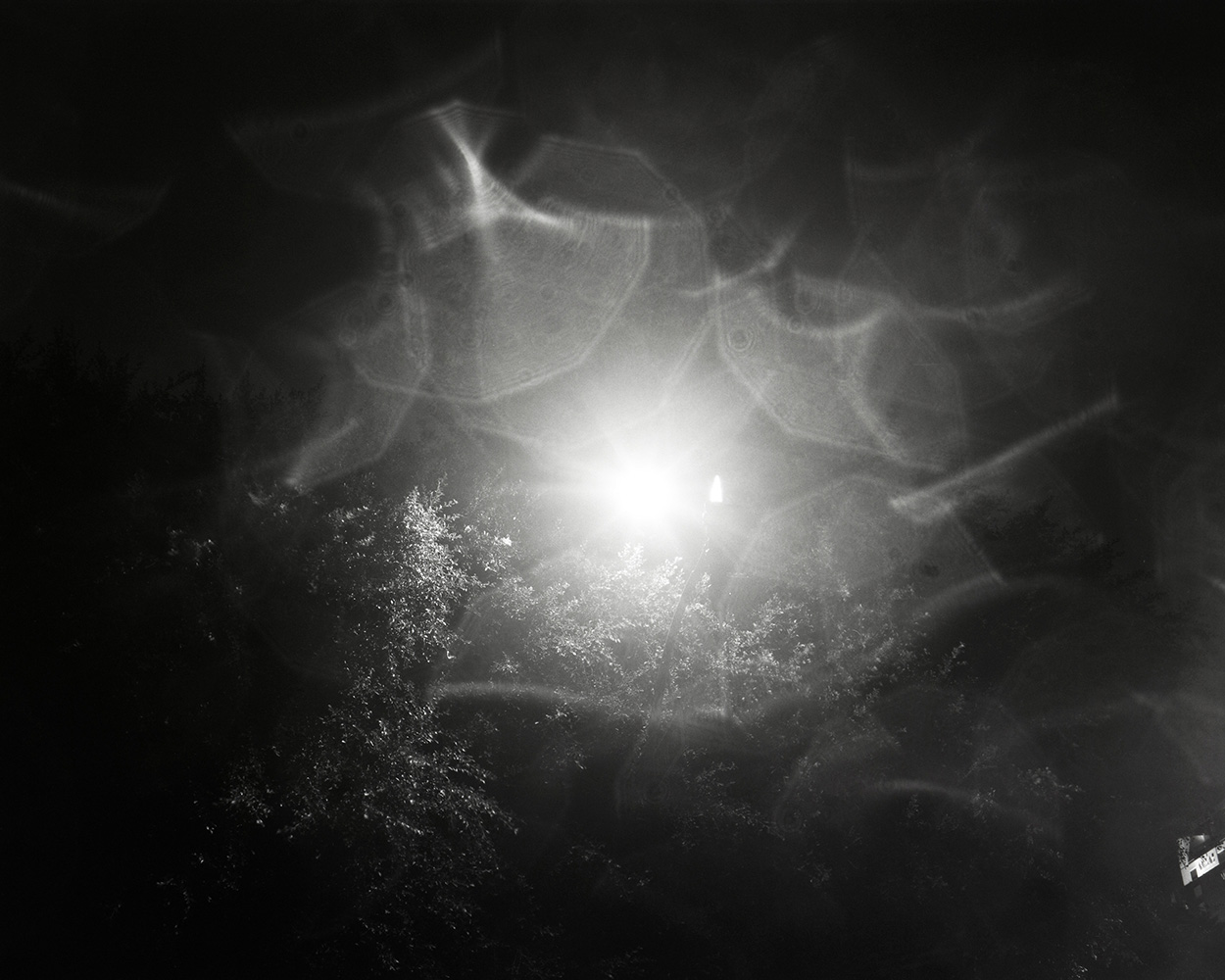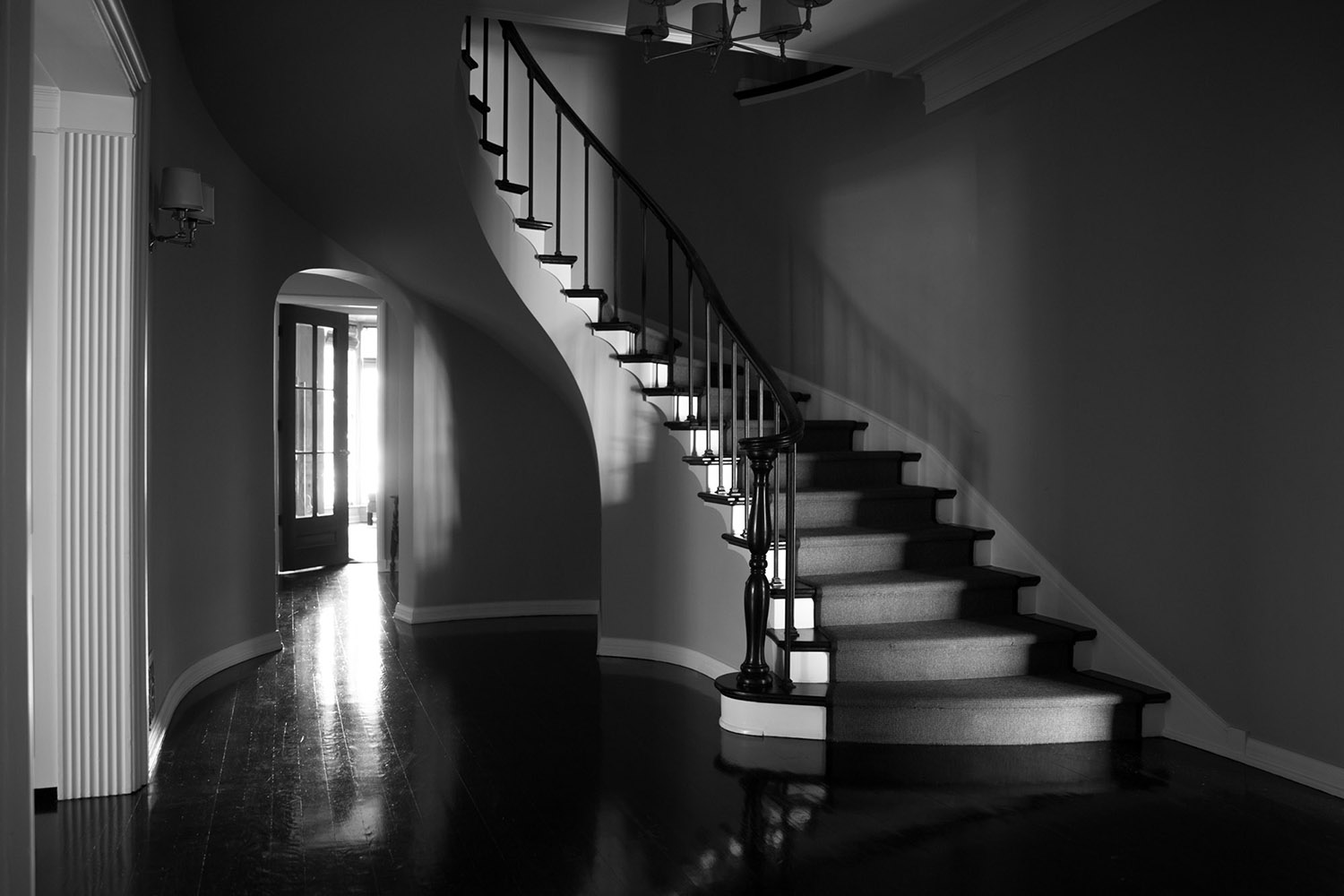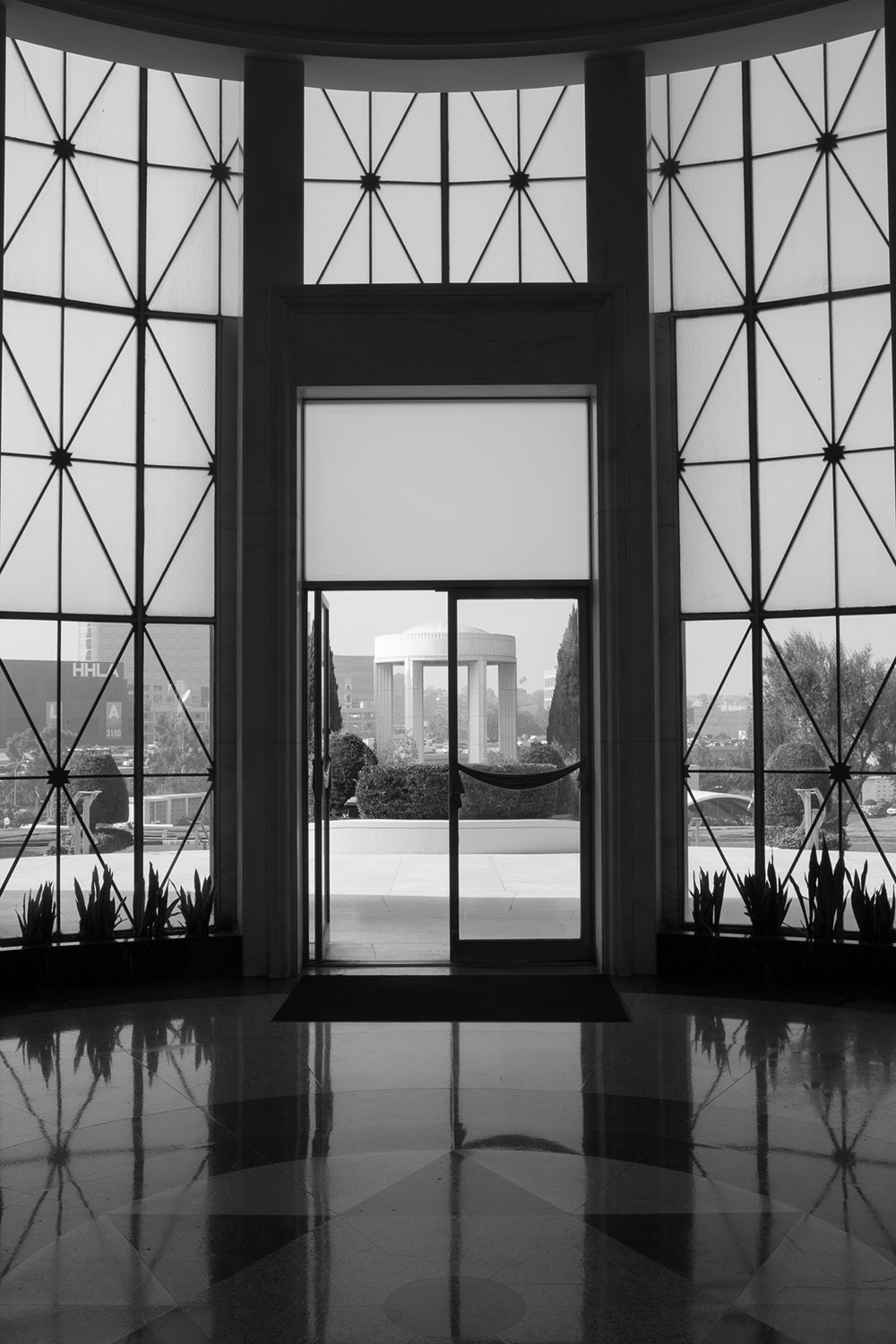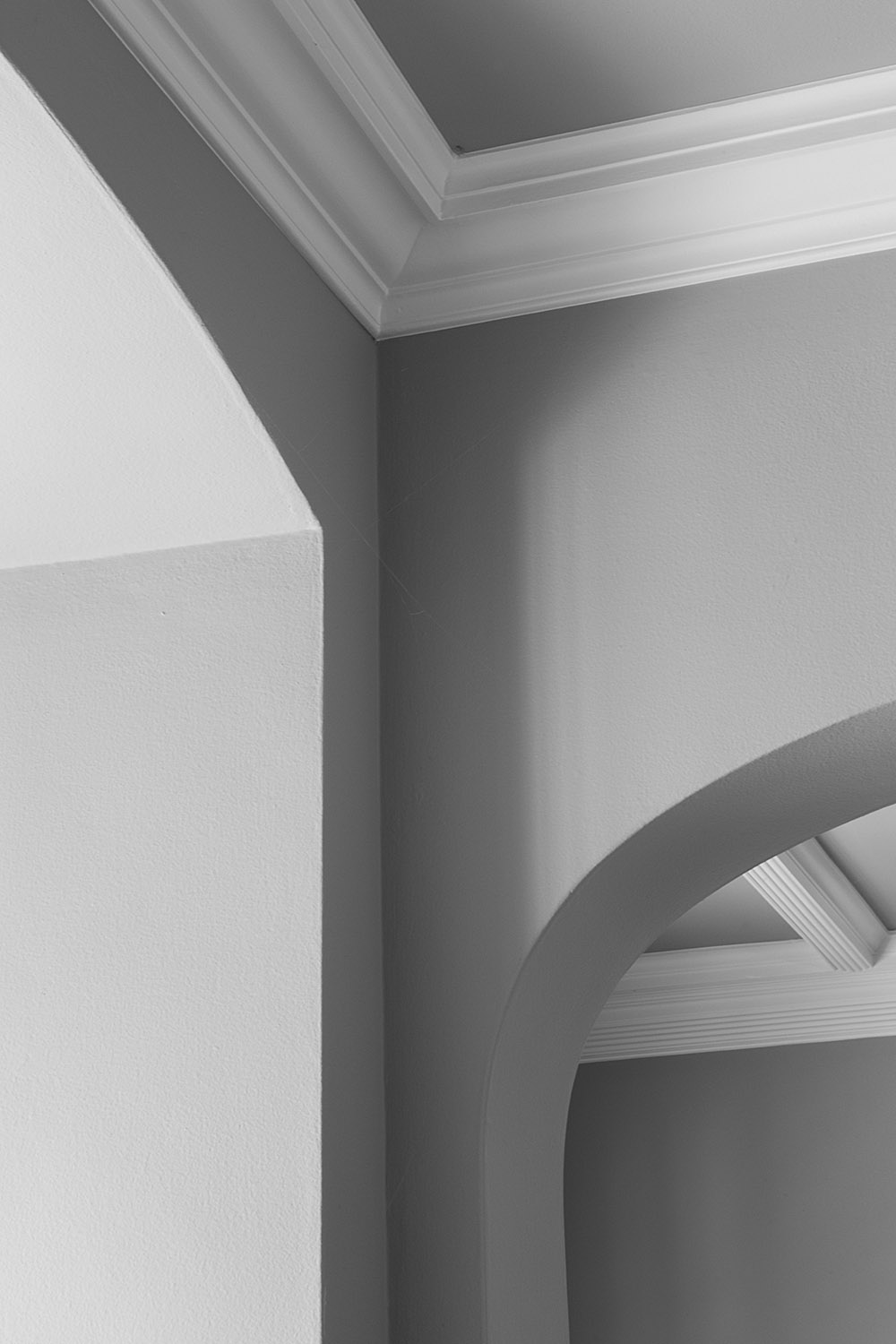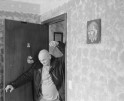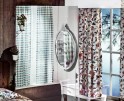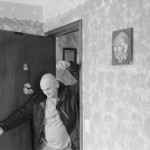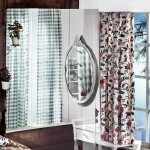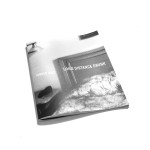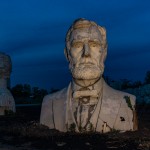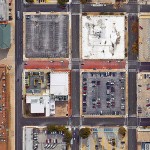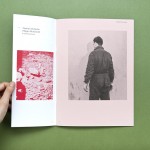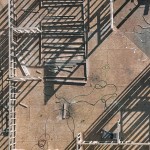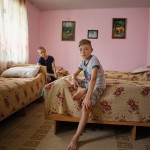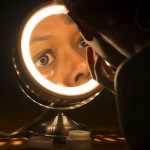Janna Ireland: True Story Index
Los Angeles photographer, Janna Ireland, is about to open a massive mid-career survey which is a collaboration between the Santa Barbara Museum of Art (SBMA) and the Museum of Contemporary Art Santa Barbara (MCASB). It will be the largest presentation of her work to date. The exhibition is on view from February 11 – June 2nd, 2024, with an opening on February 25th, 2024 from 12:00 – 4:00pm.
Janna Ireland: True Story Index represents a two-institution collaboration, presentation, and catalog. Janna Ireland’s photographic work is primarily concerned with the interconnected themes of family, home, and the expression of Black identity in American culture. In 2016, Ireland began photographing structures designed by legendary Black architect Paul R. Williams. A collection of 250 of these photographs was published in the 2020 monograph, Regarding Paul R. Williams: A Photographer’s View. Both of these aspects of Ireland’s art will be interwoven in each of the two venues’ presentations, which will include newly commissioned works and works from the artist’s collection, the Santa Barbara Museum of Art’s permanent collection, and private collections. Curated by Charles Wylie, SBMA Curator of Photography and New Media, and Frederick Janka, MCASB.
An interview with the artist follows.
What was the landscape of your growing up and what brought you to photography?
I grew up around a lot of artists. Writers, painters, actors, musicians…my parents and their friends all seemed to have some kind of artistic talent. My dad is a photographer, and when I was 12 or 13 and began seriously experimenting with different mediums, one of them was photography. Eventually, it became the thing I was most serious about.
Tell us about your practice–what does a typical day look like?
Lately, I spend much less time making art than I would like. I try to schedule my classes back to back, on the same days, rather than spread them out throughout the week. I do think of teaching as part of my practice, but it’s not a part that generates any actual artwork. On days when I’m not teaching, I very often end up in meetings. Many of these meetings are related to the college where I teach, but what always seems to me to be a shocking number are just related to my practice; I may have a meeting with a curator about an upcoming show, or a meeting with an organization that wants to commission me for a project. There are always emails to answer and errands to run related to family life, and then before I know it, it’s time to pick my kids up from their after school program! In many ways, my life is centered around being an artist, yet finding time to make my work has become a real challenge.
How has motherhood shifted the way you see the world?
Even growing up the way I did, surrounded by people doing creative work, I think there was a time before I became a mother that I could have just stopped making art in a serious way and focused on the office jobs that kept me afloat for years after I finished school. After my kids were born, I felt like I would just lose myself in them if I didn’t have something I did just for my own personal satisfaction. My work as an artist became more important to me than ever.
Out of necessity, I think I have hung onto more of my youthful optimism than I would have had I not had children. I’m not totally naive, I don’t think everything is fine, but I have to believe that if there are people as wonderful as my kids in this world, it is worth saving. They remind me of the best parts of human nature every day.
Congratulations on this expansive two-museum exhibition of your practice and work. How did it come about?
Thank you, Aline. The short answer is that some really incredible people believed in me, made opportunities available to me, and things kept snowballing from there. I am very, very lucky, and still sort of in shock.
The long and detailed answer: In early 2023, I was awarded the Carolyn Glasoe Bailey Foundation Art Prize, which consists of an unrestricted grant and a solo exhibition. The year I won, Frederick Janka, who was then the Executive Director of the Foundation, was also involved in the reopening of the Museum of Contemporary Art Santa Barbara, which closed its doors during the pandemic. Freddy was able to offer the MCASB space to me and Cameron Patricia Downey, who was awarded the 2023 Carolyn Glasoe Bailey Foundation Minnesota Art Prize, for our solo shows.
A few years ago, while we were working together on another project, Freddy introduced me to Charles Wylie, the Curator of Photography and New Media at the Santa Barbara Museum of Art. Charlie then brought some of my work into SBMA’s collection. I wasn’t present for this conversation, but it’s my understanding that when Freddy told Charlie I was being given the Art Prize and a show at MCASB, Charlie said that he had already been planning to have a show of my work at some point. Freddy and Charlie came up with the idea of collaborating on a big, two-institution exhibition and presented it to me, and of course I said yes.
Later, it turned out that SBMA had an additional gallery space available, right as I was about to receive a huge shipment of framed work from Janna Ireland on the Architectural Legacy of Paul Revere Williams in Nevada, a touring exhibition that had just ended its run. So a large number of those photographs were then folded into the Santa Barbara exhibition, and are now on view in that additional gallery.
What series will be on display?
The show includes selections from The Spotless Mirror, Milk and Honey, Tender Boughs, my two bodies of work on the architecture of Paul Revere Williams (one centered on Southern California, the other about his projects in the state of Nevada), some sculptural works, and some new images that I made for the exhibition that don’t really fit in with any other bodies of work. Three small projects, West Hollywood, Objects for Women, and Pauline, are presented in their entirety.
The title, True Story Index, points to the way some of the work is “true,”or at least based in some kind of reality, and some of it is constructed, based in fantasy.
In chatting with you recently, you mentioned that all of your work is connected and that you continue to revisit particular themes and interests. I loved your statement in a recent interview: “Photography, for me, is a way of seeing the world and being comfortable in the world and making myself part of the world.” Can you expand on this idea?
I was terribly shy as a kid and a young adult. I had to work hard on myself to become a person who can teach a class, or give an artist’s lecture in front of a room full of people. My desire to talk about photography made it necessary to come out of my shell. A lot of my work is about my own family life and can be done in the privacy of my own home, but the Paul R. Williams work required me to get out and meet people so I could photograph their homes. That’s another example of photography transforming my relationship to other people and the world around me. I wouldn’t go as far as calling myself an extrovert, but I am now out in the world in a way that I wouldn’t have been able to imagine even 10 years ago.
So many of your photographs reflect beauty, combining the fragility of childhood and the natural world, the sensuous curves of architecture, and the glorious exploration of self. You so astutely examine ideas of family, home, and the expression of Black identity in American culture. Can you speak to this?
When I started making self-portraits 20 years ago, it was because my shyness made it difficult for me to approach and photograph other people. Using myself seemed like the best way to make the work I wanted to see. Now, I guess, I want to see a family that looks like mine. I want my kids to see themselves. An exploration of identity is baked into the work, but I don’t make the work because I want to teach anyone else anything about myself or my experiences; I want other people who can see themselves and their own families in my work to feel understood.
In the work featuring myself and my family, the narratives are open-ended. The Paul R. Williams work is very much about telling a specific story–that of the first licensed Black architect west of the Mississippi–thoughtfully and respectfully. Through exploring the beauty and breadth of his work in photographs, I hope to point people towards an appreciation of the real structures, and of Williams himself.
One of your seminal projects was photographing the homes and buildings of architect Paul Revere Williams. His work is legendary in Los Angeles and it must have been an amazing experience to understand his practice and get to know his work in a profound way. What did you take away from this experience?
My Williams work opened some incredible doors for me–I took many things away from the experience! But thinking about Paul R. Williams as a person, what really sticks with me is the idea of maintaining a creative practice over a long period of time (over 50 years, in his case) even when it is extraordinarily difficult. He is an excellent role model for so many reasons, but I always go back to his ability to get up day after day and put in the work. I make art because I love doing it, but it is also my job, and if I didn’t carefully think about how to balance everything in my life I would just burn out.
I loved Los Angeles before I began making the Williams photographs, but through working in the project I gained an appreciation for the city’s history, geography, and architecture that I don’t think I would have come to without it.
What has been inspiring you lately?
I am always inspired by going to the movies. Not in the sense that I see a movie and want to make a picture that looks like something I saw, but that it brings me so much joy to live in a world where someone can make Anatomy of a Fall or May December or All of Us Strangers that it reaffirms my own decision to pursue creative work. We have a really terrific organization in our neighborhood, a movie theater and video store called Vidiots that rarely shows new films, but instead a carefully chosen selection of older ones. Taking my kids to see films that were meaningful to me growing up has been incredibly moving and inspiring. I sobbed all the way through The Muppet Movie!
Congratulations on Janna Ireland: True Story Index. I can’t wait to see the show!
Janna Ireland lives in Los Angeles, where she is Assistant Professor in the Department of Art and Art History at Occidental College. She earned her MFA from the University of California, Los Angeles Department of Art, and her BFA from New York University’s Tisch School of the Art’s Department of Photography and Imaging. In 2021, Ireland was awarded a Peter E. Pool Research Fellowship by the Nevada Museum of Art to photograph Paul R. Williams’ work in Nevada. A solo exhibition of this work opened at the Nevada Museum of Art in 2022 and traveled to the Nevada State Museum in Las Vegas and the AIA Center for Architecture in New York.
A broad selection of Ireland’s work was included in the exhibition Family Album: Dannielle Bowman, Janna Ireland and Contemporary Works from LACMA at the Los Angeles County Museum of Art’s Charles White Elementary School Gallery. Ireland’s photographs are held in the permanent collections of institutions including LACMA, the California African American Museum, the Santa Barbara Museum of Art, the Nevada Museum of Art, and the Museum of Contemporary Photography at Columbia College Chicago. Her work has been the subject of articles in publications including The New York Times, Los Angeles Times, Harvard Design Magazine, and Aperture.
@jannaireland
About Museum of Contemporary Art Santa Barbara (MCASB)
Museum of Contemporary Art Santa Barbara (MCASB) seeks to enrich lives and inspire critical thinking through meaningful engagement with the art and ideas of our time. MCASB provides Santa Barbara and the Central Coast with exhibitions and programming that encourage discovery, cultivate new
perspectives, and challenge the way we see and experience the world, ourselves, and each other. MCASB was founded in 1976 as an alternative arts space, the Santa Barbara Contemporary Arts Forum (CAF), by artists and art supporters seeking a venue dedicated solely to contemporary art. These initial organizers envisioned a “forum” for the display of and discussion about artwork being made today, both locally and in the larger national and international art community.
In 2012, the grassroots, artist-led organization became the Museum of Contemporary Art Santa Barbara
(MCASB). Operating as a kunsthalle, MCASB continued to function as a non-collecting, non-profit museum dedicated to innovative and experimental contemporary art and arts education. Both adaptive and responsive, MCASB became an incubator for new ideas and risk-taking artwork in an effort to normalize and celebrate all approaches to the visual arts.
Instagram: @mcasantabarbara
About Santa Barbara Museum of Art
Founded in 1941, the Santa Barbara Museum of Art is one of the finest museums on the West Coast and is celebrated for the superb quality of its permanent collection. SBMA’s mission is to integrate art into the lives of people through ambitious internationally recognized exhibitions, extensive education and speaker programs, and the thoughtful presentation of its renowned permanent collection that spans art from millennia past up to the present day.
Instagram: @sbmuseart
Posts on Lenscratch may not be reproduced without the permission of the Lenscratch staff and the photographer.
Recommended
-
Jake Corcoran in Conversation With Douglas BreaultAugust 10th, 2025
-
Matthew Cronin: DwellingApril 9th, 2025
-
Jordan Gale: Long Distance DrunkFebruary 13th, 2025
-
Michael O. Snyder: Placing Bets on MosquitosFebruary 12th, 2025
-
Tom Crawford: OverlookedFebruary 11th, 2025

